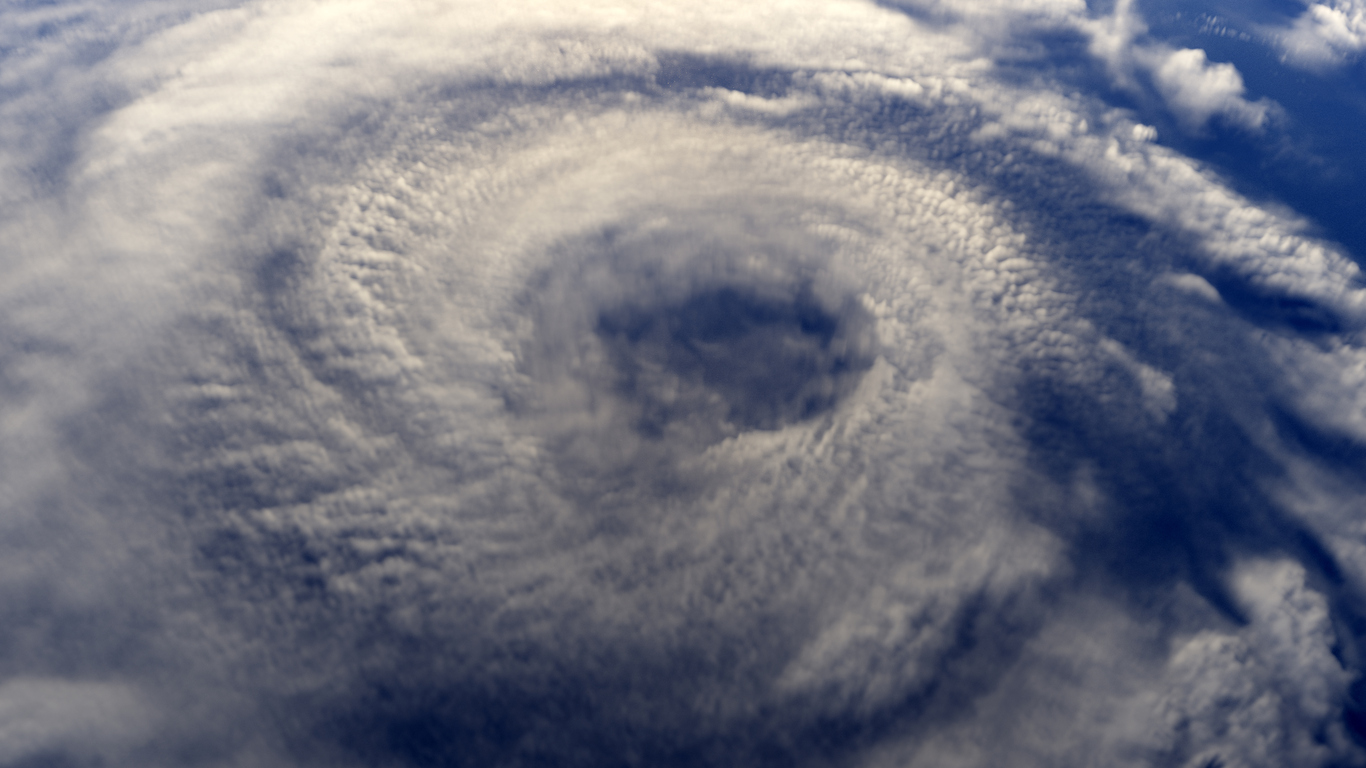Meteorologists expect more than a dozen named storms in the Atlantic this year, slightly above average. In California, a burst of vegetation from rains could serve as fuel in the dry summer months and heighten the wildfire danger in some areas, forecasters say. Meanwhile, flooding on the Missouri and Mississippi rivers held true to a March forecast, as area communities experience record floods and prolonged inundations amid the wettest 12 months in the Upper Midwest and Ohio Valley in 124 years.
“We know that development and population have increased in areas that are oftentimes most likely to feel the impact of severe weather,” said Michael Sprayberry, director of North Carolina Emergency Management and the former president of the National Emergency Management Association.
It is a combination that has been years in the making. The number of people living in coastal counties along the Atlantic and Gulf of Mexico increased to about 60 million in 2016, from nearly 52 million in 2000, according to population data from the U.S. Census. Researchers say the expansion of housing development into heavily wooded areas outside cities increases the likelihood of wildfires.
A study published by the National Academy of Sciences last year shows the number of houses located in urban-wildland interfaces across the U.S. increased by 12.7 million, or 41%, between 1990 and 2010, the most-recent data available. The number of people grew by 25 million in the same time frame.
“Wildfire problems will not abate if recent housing growth trends continue,” the researchers said.
A review of federal disaster declarations shows that since about 2000, fires have accounted for the largest portion of declarations issued each year.
The past three years, which saw some monster storms and huge fires, rank among the most active for high-cost disasters in the U.S.—partly because of where they hit and not just how hard.
Those disasters caused $457 billion in damage, according to the National Centers for Environmental Information. They include flooding in much of Houston, storms ravaging Puerto Rico and wiping out communities like Mexico Beach in Florida’s Panhandle, and a devastating wildfire in Paradise in California’s Sierra Nevada foothills.
The National Interagency Fire Center, which supports wildland firefighting efforts across the U.S., says large swaths of California are expected to be at heightened risk this year as temperatures heat up and dry out the healthy crop of grasses and other vegetation that grow following a wet winter and spring.
That will be most problematic in areas where cities and towns edge into forests and other uncultivated land, said Bryan Henry, a meteorologist at the center. Nearly 85% of wildfires in the U.S. are caused by humans.
“The communities that continue to build out into these areas, they’re building out into areas that could be more dangerous,” Mr. Henry said. “That’s where our primary concern is as we head into the main fire season.”
Greg Dillon, a spatial fire analyst with the U.S. Forest Service’s Rocky Mountain Research Station who assesses the wildfire hazard potential of public forest lands, said he has fielded many calls from insurance companies and others worried about wildfires igniting near homes.
He and a team are working on a way to better map the potential hazard posed by wildfires to cities and towns nationwide.
“What are the communities that are most exposed to wildfires?” he said. “We know development is going to happen. We know people are going to build. Let’s map out where wildfires have to be a consideration.”
Meanwhile, AccuWeather forecasters are predicting 12 to 14 named storms in 2019, while forecasters at Colorado State University’s tropical meteorology project are predicting 13 named storms.
The National Oceanic and Atmospheric Administration’s Climate Prediction Center has yet to put out its 2019 forecast. The typical Atlantic hurricane season, which runs from June through November, produces 12 named storms. Of those, six generally become hurricanes, including three major hurricanes with wind speeds greater than 110 miles per hour.
Because meteorologists can’t predict the path of a hurricane before it forms, they say anyone living in a hurricane zone needs to be on guard and prepared.
“In some ways, the risk continues to increase, because you just have more and more people moving to hurricane-prone areas,” said Michael Brennan, branch chief of the National Hurricane Center’s hurricane-specialist unit. That, he added, means more people who need to be evacuated ahead of a storm—something that can challenge emergency-response officials, especially if traffic clogs roads.
The Midwest is in the midst of a flood season that left several states inundated. Ed Clark, director of the National Water Center, said the March forecast called for the most widespread flooding he has seen during the last decade.
“It challenges our forecast capability, it challenges communities in terms of what they’re used to seeing,” he said. “They’re more impactful just by virtue of our growth in population.”













